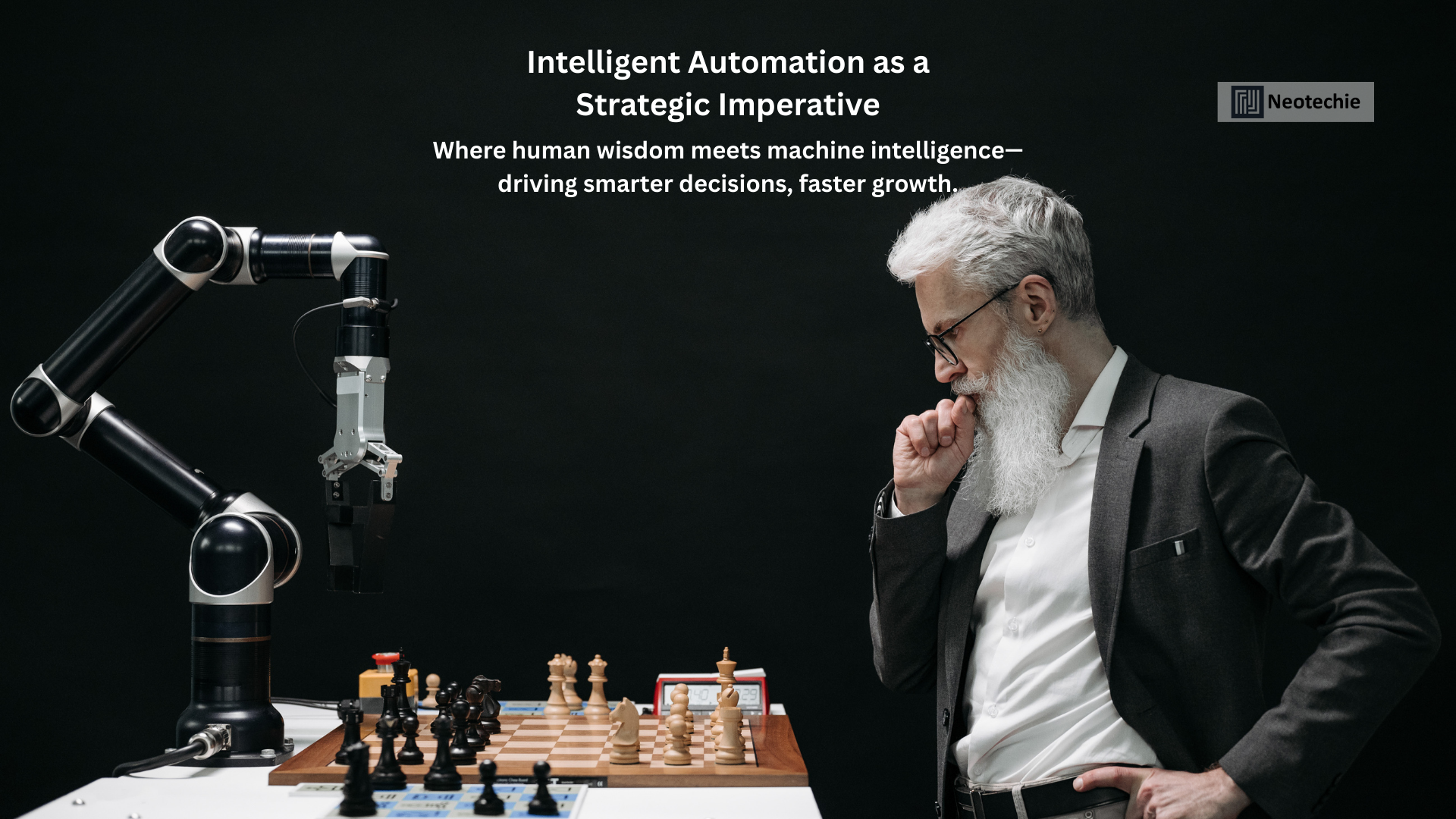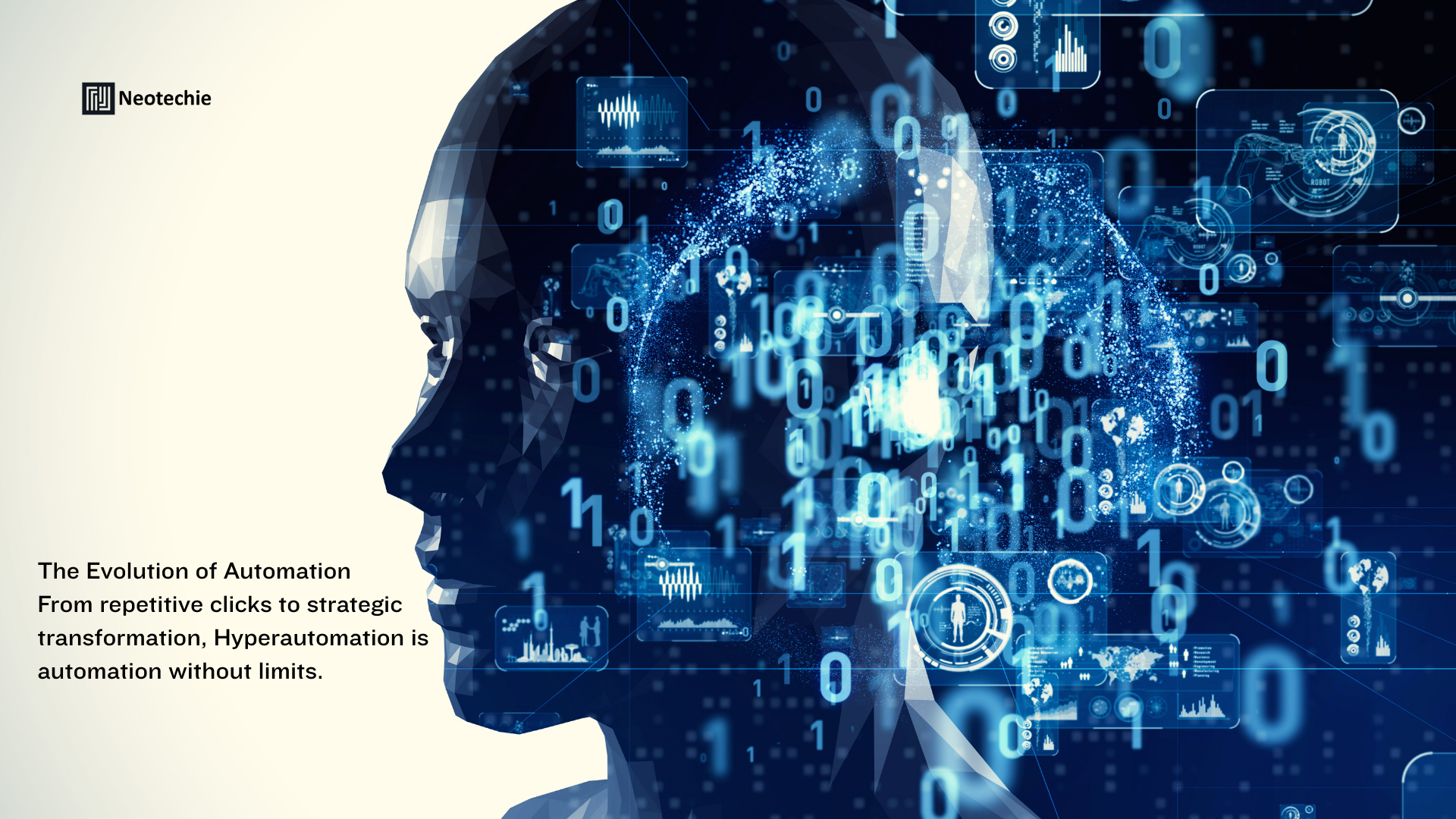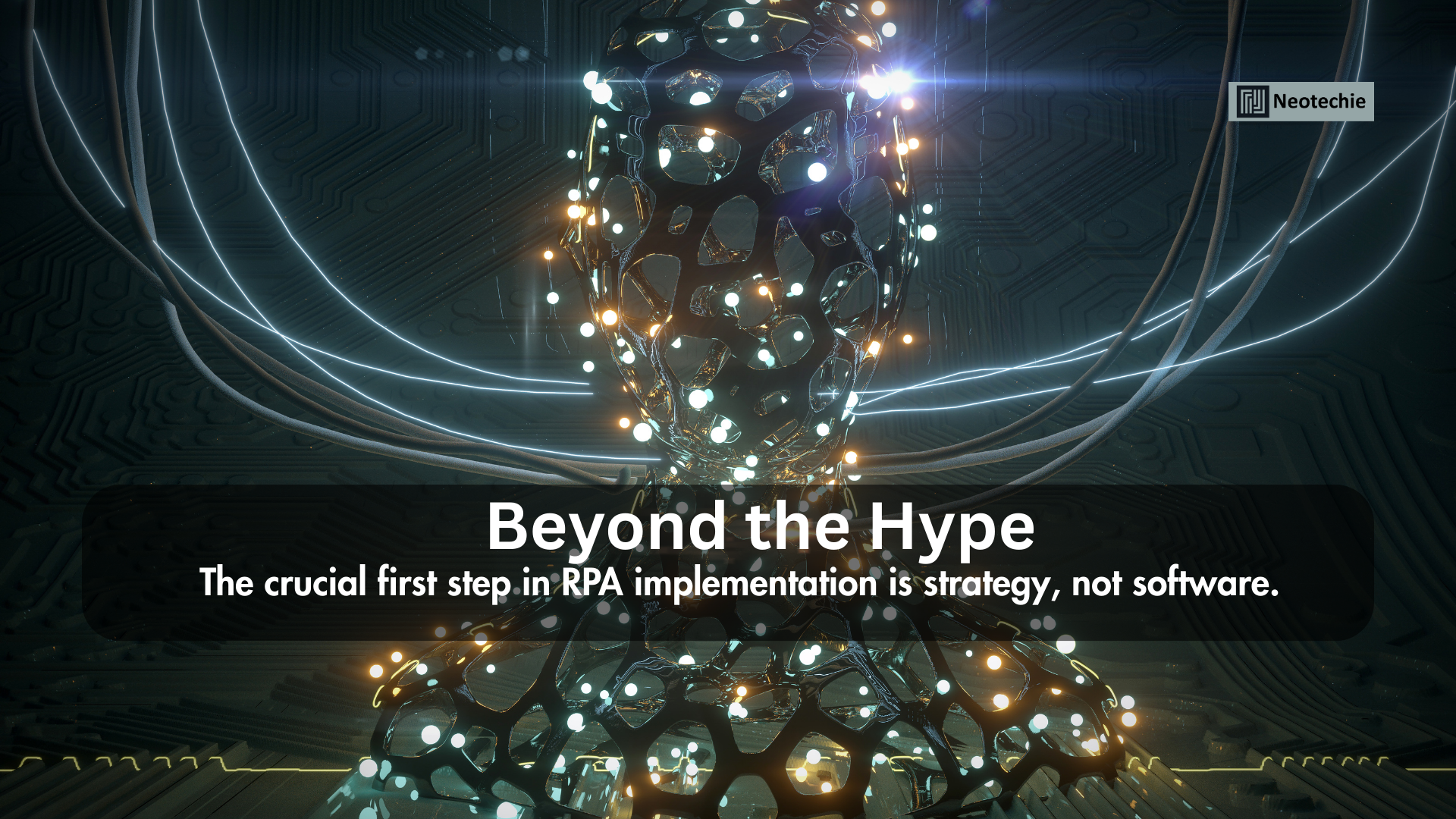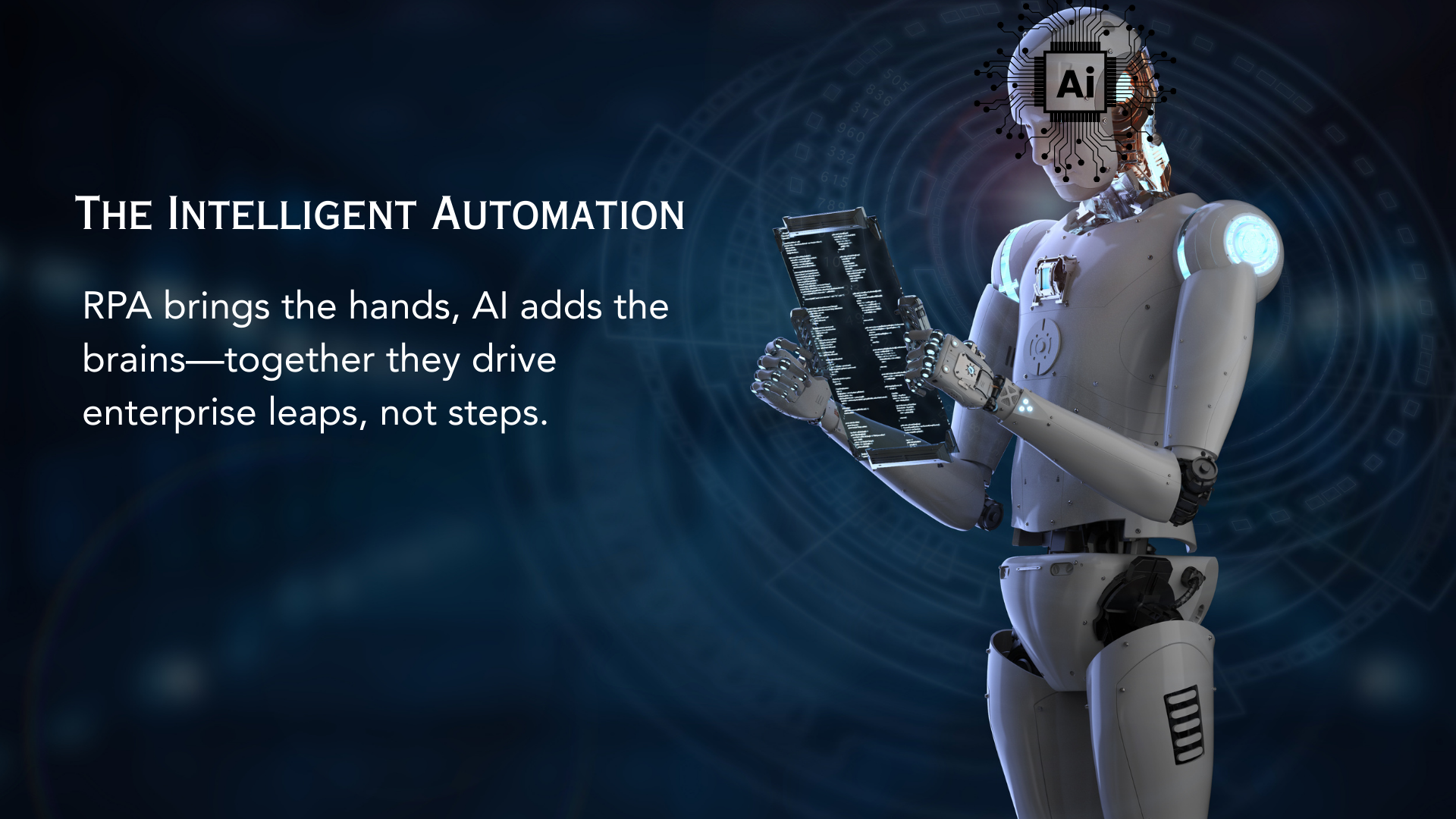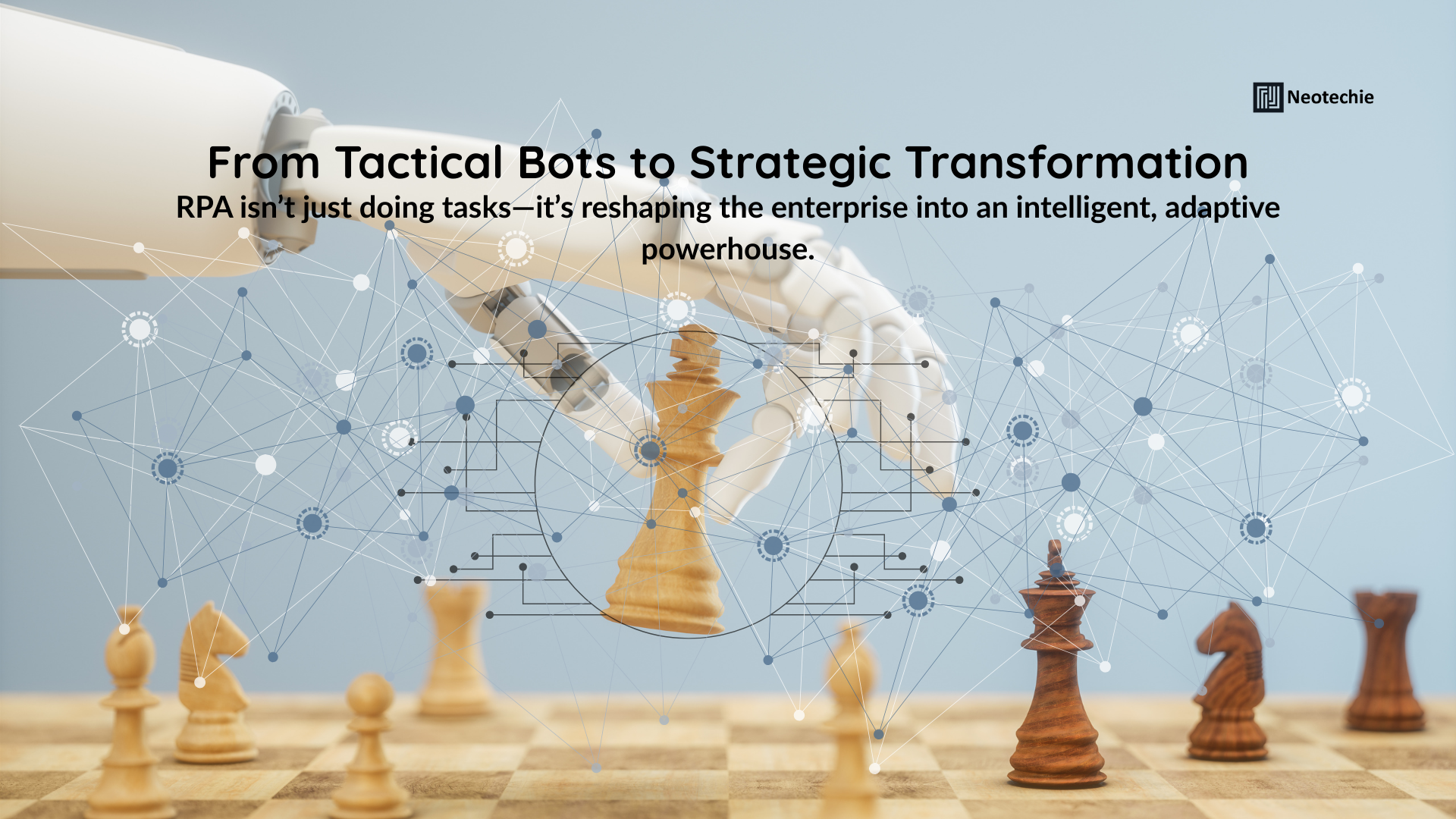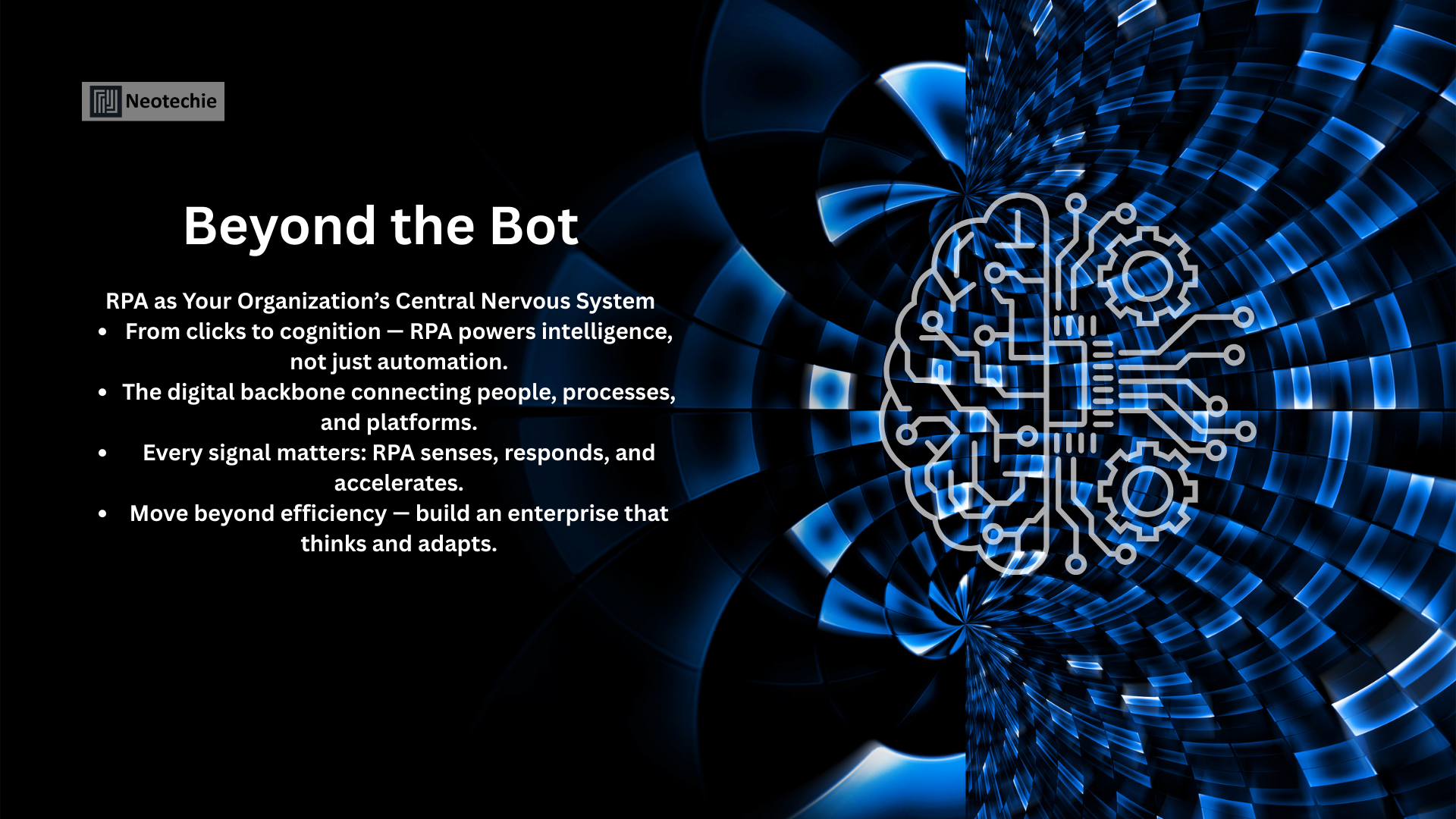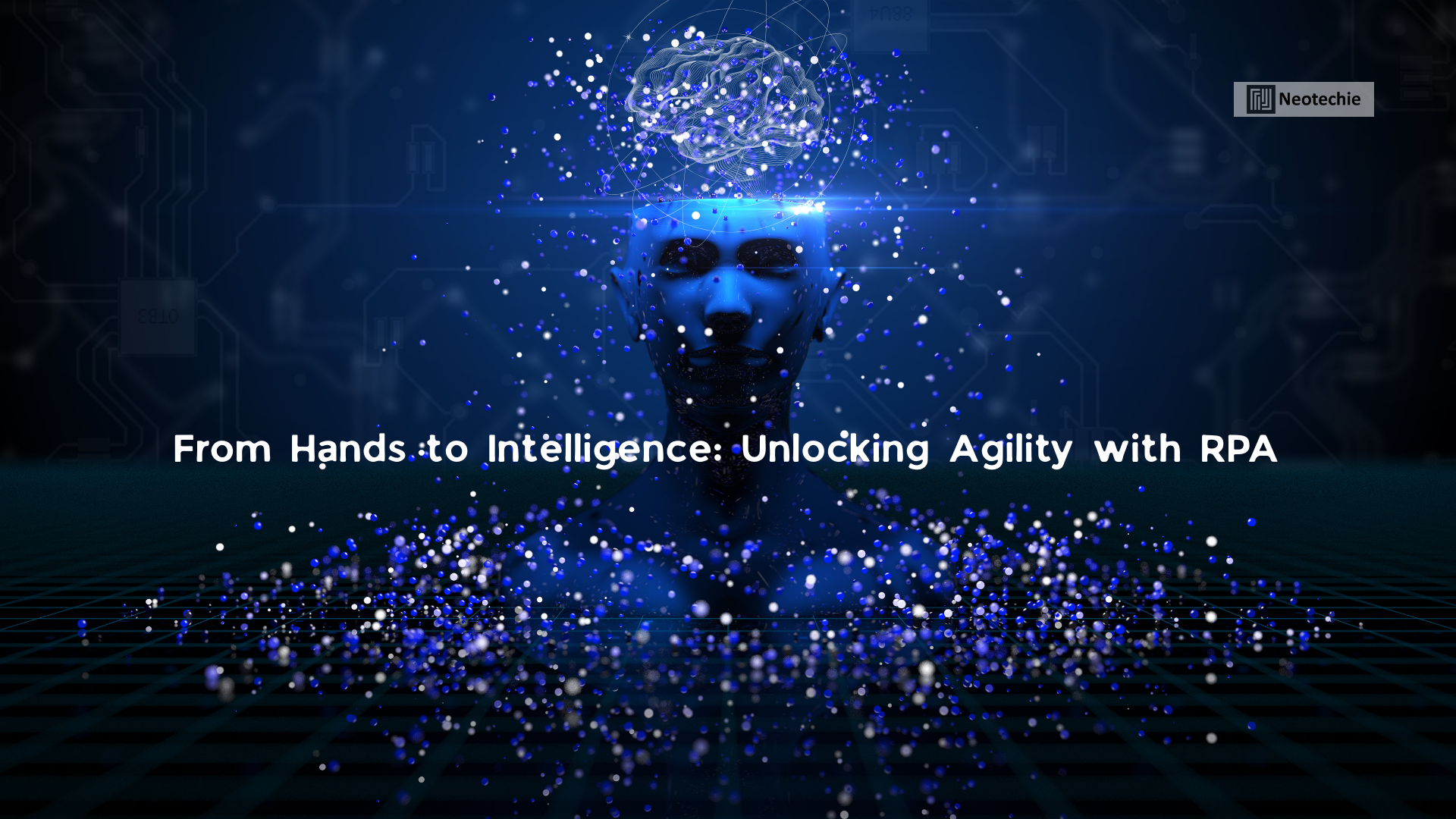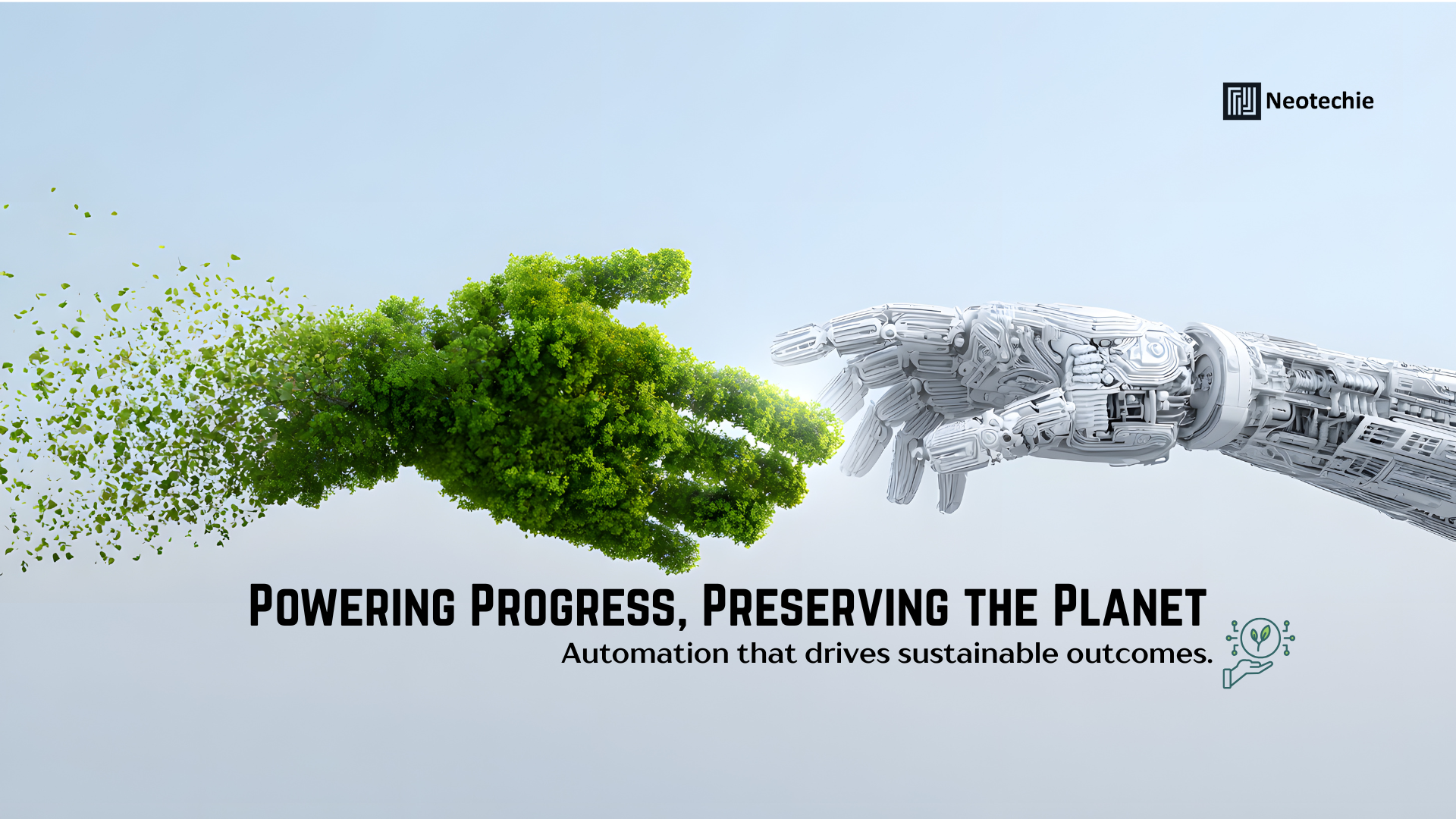Organizations are navigating a landscape where speed, accuracy, and adaptability are no longer optional—they are essential for survival and growth. As enterprises scale and processes multiply, manual workflows often become bottlenecks, slowing down operations, increasing costs, and introducing errors. Intelligent automation, powered by Robotic Process Automation (RPA) and advanced analytics, emerges as a transformative solution that reshapes how businesses operate, enabling efficiency, compliance, and strategic growth.
What is Intelligent Automation?
Intelligent automation combines traditional RPA with artificial intelligence (AI) and machine learning to not only automate repetitive tasks but also enable decision-making, process optimization, and predictive analytics. Unlike basic automation tools that perform predefined actions, intelligent automation adapts to dynamic workflows, handles unstructured data, and integrates seamlessly across complex enterprise systems. This level of sophistication ensures that businesses are not only automating tasks but are also gaining actionable insights and operational agility.
Key components of intelligent automation include:
- Process Discovery and Assessment: Identifying high-impact areas for automation to maximize ROI. This involves analyzing workflows, evaluating current process efficiency, and pinpointing bottlenecks that slow down operations. By understanding each process in detail, organizations can prioritize automation in areas that deliver the most significant performance and cost improvements.
- RPA Implementation: Deploying bots to handle repetitive, rule-based tasks across departments. Automation of data entry, invoice processing, and customer onboarding not only accelerates operations but also reduces human error, ensuring consistency and reliability in outputs.
- AI and Machine Learning Integration: Enabling systems to learn from data and make informed decisions. This allows predictive maintenance, demand forecasting, and intelligent decision support, transforming routine operational data into actionable insights that drive strategic initiatives.
- Analytics and Monitoring: Tracking performance metrics, identifying bottlenecks, and optimizing workflows continuously. Real-time dashboards, KPIs, and predictive analytics provide visibility into operations, empowering management to make data-driven decisions and fine-tune processes for ongoing efficiency.
Why Intelligent Automation is a Must for Modern Enterprises
Medium and large-sized organizations face unique challenges, including complex workflows, regulatory compliance, and high operational costs. Intelligent automation addresses these challenges head-on:
- Operational Efficiency and Cost Reduction: Automating repetitive tasks reduces human error, accelerates processing times, and allows teams to focus on higher-value activities. By removing manual inefficiencies, businesses can reallocate resources to strategic areas, optimize operational costs, and achieve faster turnaround times.
- Scalability and Flexibility: As business needs evolve, automation can scale alongside operations, adapting to new processes, teams, and market demands. This flexibility ensures that organizations can handle peak workloads, enter new markets, or launch new services without the need for proportionally increasing headcount.
- Enhanced Accuracy and Compliance: Intelligent automation ensures consistency, reduces manual intervention, and maintains compliance with industry regulations. Automated audit trails, real-time validation checks, and standardized processes minimize the risk of errors and help enterprises meet regulatory standards reliably.
- Business Transformation and Strategic Growth: Beyond operational gains, intelligent automation is a catalyst for enterprise-wide transformation. By freeing employees from mundane tasks, organizations empower them to focus on innovation, improve customer experience, and contribute to strategic projects. Automation facilitates the redesign of business processes, promotes digital-first mindsets, and enables data-driven decision-making, ultimately transforming how the organization operates and competes in the market.
Realizing the Strategic Benefits of Intelligent Automation
Intelligent automation serves as a catalyst for business transformation, enabling organizations to move beyond traditional operational boundaries. Key transformational outcomes include:
- Accelerated Decision-Making: Automation provides real-time insights, enabling faster, data-driven decisions. With predictive analytics and AI-driven recommendations, organizations can anticipate market trends, proactively manage risks, and make strategic decisions with confidence.
- Improved Customer Experience: By reducing processing times and enhancing service accuracy, businesses can deliver superior experiences. Customers benefit from faster response times, personalized interactions, and consistent service quality, strengthening loyalty and competitive positioning.
- Innovation Enablement: Teams are freed from mundane tasks, allowing them to focus on creative problem-solving and strategic projects. This shift promotes a culture of innovation, encouraging employees to explore new products, services, and operational models that drive long-term growth.
- Agility in Operations: Organizations can respond quickly to market changes, regulatory requirements, or internal process shifts, maintaining a competitive edge. By continuously optimizing processes and integrating automation, businesses become more resilient, adaptable, and capable of sustaining growth in dynamic environments.
- Comprehensive Business Transformation: Intelligent automation facilitates transformation beyond individual processes. It enables a shift to digital-first operations, streamlines cross-functional workflows, and integrates advanced analytics to provide a holistic view of the enterprise. This transformation supports strategic initiatives such as market expansion, product innovation, and customer-centric operations, ultimately driving sustainable growth and profitability.
How Neotechie Helps Businesses Harness Intelligent Automation
At Neotechie, we don’t just deploy RPA; we provide end-to-end intelligent automation solutions tailored for your organization’s unique needs. Our approach combines technical expertise with strategic insight to ensure every automation initiative delivers measurable business value.
- Comprehensive Workflow Assessment: We begin by analyzing your existing business processes to pinpoint areas where automation can deliver maximum impact. This ensures that investments in RPA are targeted and yield the highest ROI.
- Seamless Integration: Our team ensures that automation integrates smoothly with your current IT ecosystem, minimizing disruptions and allowing teams to maintain productivity during implementation.
- Scalable Automation Solutions: We design RPA systems that grow with your organization. Whether you expand into new markets or introduce new processes, Neotechie’s automation solutions adapt accordingly.
- Focus on Business Transformation: Beyond efficiency gains, we aim for enterprise-wide transformation. By automating repetitive tasks, your workforce is empowered to drive innovation, improve customer experiences, and focus on strategic initiatives.
- Continuous Monitoring and Optimization: Automation is not a one-time deployment. We provide ongoing monitoring and iterative improvements to ensure that your systems remain efficient, compliant, and aligned with business goals.
Conclusion
For medium and large-sized organizations, intelligent automation is no longer a luxury—it is a strategic imperative. By leveraging RPA integrated with AI and analytics, enterprises can streamline operations, ensure compliance, and unlock new opportunities for growth and innovation. Neotechie’s intelligent automation solutions not only optimize processes but also drive business transformation, empowering organizations to achieve operational excellence and strategic objectives simultaneously.
Embracing intelligent automation today means building an enterprise that is agile, efficient, and future-ready. With Neotechie as your partner, businesses can confidently navigate the complexities of modern operations while focusing on what truly matters: innovation, growth, and delivering exceptional value to customers.

